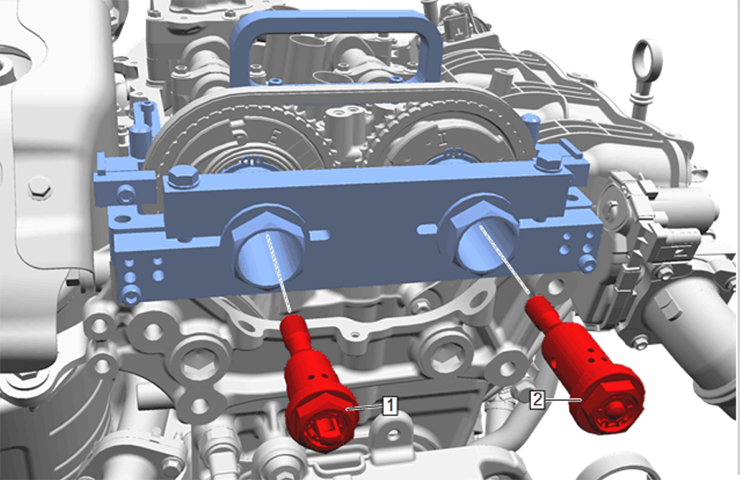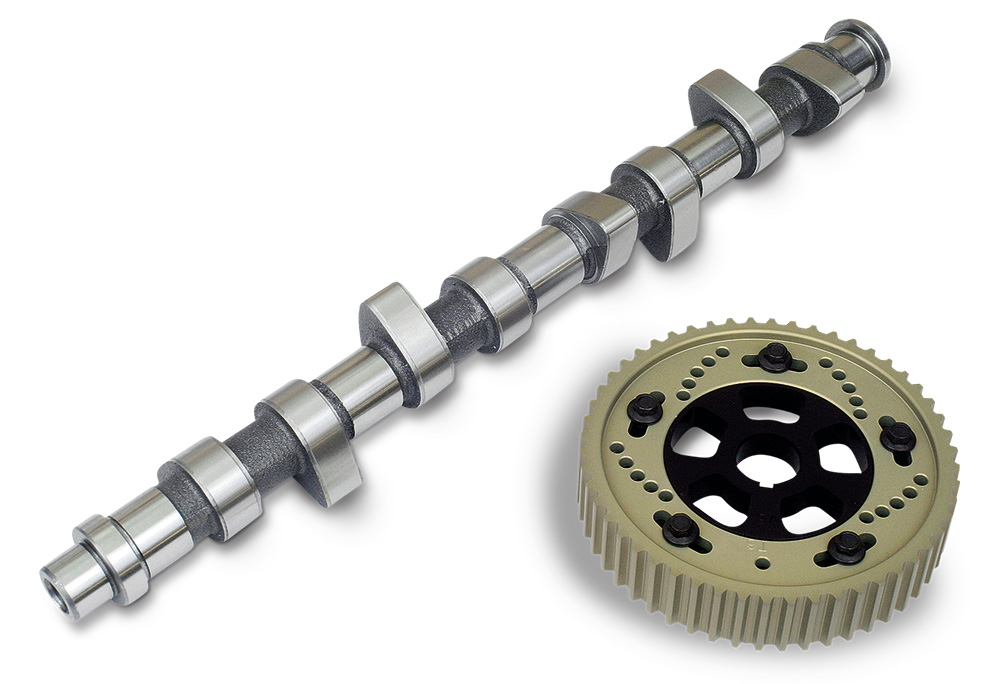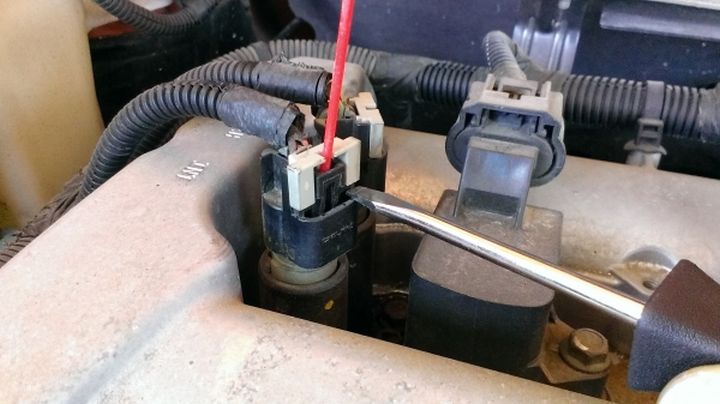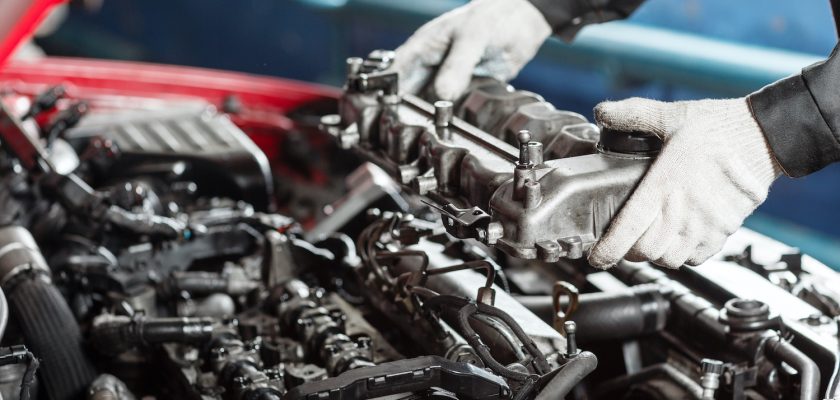Despite many people owning cars and using them daily, there are numerous little parts and components they know nothing about. When it comes to the delicate positioning and operation of all the fascinating little parts under the hood and under the car, only the mechanics know it all. Average drivers know the basics and whenever something is wrong their instinct is to drive the car into the shop.
While this is a good practice since professionals should be the one to take care of any issues, it would be quite beneficial for you to know a thing or two about the inner workings of your vehicles. One of the things the least amount of people know about includes the camshaft position actuator solenoid. If you have no idea what it is, or if you have only heard it mentioned a few times, you are at the right place. In this article we will talk all about it and give you the crucial info it would be good to have.
If you are looking to find out more about cars and camshaft position actuator solenoid, make sure to check out Automobile Remedy.
What is It?

Source:gm-techlink.com
A camshaft actuator solenoid in cars precisely controls the oil flow into the camshaft actuator. The rotation of the camshaft changes and the valve timing is adjusted. This causes the valve to overlap as it goes. Therefore, the solenoids control the exhaust and intake camshafts alike and create lower emissions if possible. They have managed to decommission exhaust gas recirculation valves and give the cars, and the owners, a much better fuel economy and a better performance while driving. All in all, it can be said that these parts changed the way cars are made. Furthermore, their appearance allowed car owners a more pleasurable experience and an easier driving life.
Usually, solenoids sit in their positions while the engine is turned off as well as the second it turns on. When there is the initial amount of oil pressure built up, the camshaft timing is adjusted by the powertrain control module through the actuator solenoid. This is done depending on various factors including the throttle position, engine speed and load, manifold and barometric pressure, and the crankshaft position. There can exist issues with the camshaft actuator but it does not always mean the solenoids have failed. Naturally, not changing the oil in your car will damage them due to buildup and blockage.
Functions

Source:fastcar.co.uk
The camshaft itself converts the circular and rotational motions into reciprocating and oscillatory motions in the car. Similar devices have been in existence for thousands of years, the first of which were used in ancient civilizations like Greece. Back then, some toys were known to use them as they had automatic repeated functions. Automated music boxes also had them while the most used utilization of this system in the modern era comes in the form of fuel valves in practically all internal combustion engines that have pistons.
Camshaft Parts
The camshaft has a shaft and several discs around it and along its whole lengths. They are called cams, so hence the name. Every cam has a bulge and is eccentric, which enables it to press on followers once per shaft axis rotation. When it comes to internal combustion engines, the proper timing of the opening and closing of valves is crucial and has to be in sync with pistons. Camshafts are used here since they open and close the valves at preset times. Camshaft is connected to the crankshaft either through gears or a chain/belt. Therefore, they rotate together. The camshaft rotates two times with every crankshaft rotation and every time valves react four times.
Actuator Info
The term actuator is used for a device which controls or moves a mechanism or a system. In car terms, as mentioned prior, a camshaft actuator controls the timing of the camshaft. The camshaft is attached to the cam, a rotating piece that converts circular into straight line motions. The actuator provides the thrust to the shaft base. The actuator mounts to the camshaft’s end and speeds up or slows down the closing and opening of valves through the Engine Control Unit commands.
Common Codes

Source:chevyhhr.net
When there is a failed part somewhere in this system, different camshaft position actuator solenoid valve codes pay point to exactly the type of problem you have. Repairs are rather straightforward and new and improved parts exist, but you can only do it if you know the meaning of the code. Each manufacturer, year, and model requires a slightly different approach and set of right parts. This is normal since not all cars are the same of course.
The most important codes worth knowing about include P0010 and P0013. The first means that there is a Bank One circuit malfunction. The second is worse and it stands for Bank One Exhaust B camshaft position actuator circuit malfunction. The second code is definitely the worst thing that could happen and your car may experience engine start issues, poor mileage, performance problems, and weird noises.
General Tips
If some repairs are in order surrounding your cam actuator valves and other nearby parts, it would be best to contact your mechanic. In case you are handy with car problems, you can attempt to repair it on your own. But before that, some tips have to be mentioned so that you have an easier repairing experience without the usual problems that occur.
First thing you should do is remove the cover of the intake manifold. Next up, clean all the dirt underneath the cover and around the actuators. There will be a lot of it as this area is prone to all kinds of buildup including dust, sand, and anything else you may have picked up while driving. Then it is time to remove the sensors. You will do this by disconnecting the electrical connector by pulling the lock tabs and pushing the designated release button. Wiggling it slowly until it departs and becomes free is a smart tactic here. The lock tabs are easily distinguishable due to the difference in color.
Be careful with plastic parts since they break easily. In addition, air tools and regular screwdrivers are a much better solution when dealing with bolts as power tools may cause additional problems. Another pro tip is to lubricate the O-ring of the new part with engine oil. It will get into its place more easily than if you just take the actuator solenoid out of the box and put it straight in.

